Superfoods are foods that contain compounds that make them particularly healthy or potent. Many superfoods are delicious and can help boost weight loss efforts as part of an overall healthy lifestyle. “Select superfoods that taste good to you,” Hannah C. Kirtley, MMN, RDN, LMNT, CLC, tells Nebraska Med. “Lots of healthy foods offer health benefits as well as great taste. If you don't like a specific superfood, try something else.” Here are 15 superfoods to add to your diet.
Yogurt

Greek yogurt is full of protein and gut-friendly bacteria. “Greek yogurt is an excellent source of protein and a great option if you’re looking for something quick, filling, and portable,” clinical nutritionist Heather Hodson, RDN, CDCES at NYU Langone Health, tells Vogue.
Leafy Greens

Leafy greens are low-calorie and high in nutrients. “Dark, leafy greens are a good source of vitamin A, vitamin C, and calcium, as well as several phytochemicals (chemicals made by plants that have a positive effect on your health),” Katherine D. McManus, MS, RD, LDN, tells Harvard Health. “They also add fiber into the diet.”
RELATED: How I Lost 25 Pounds in 3 Months Without Starving Myself
Avocados
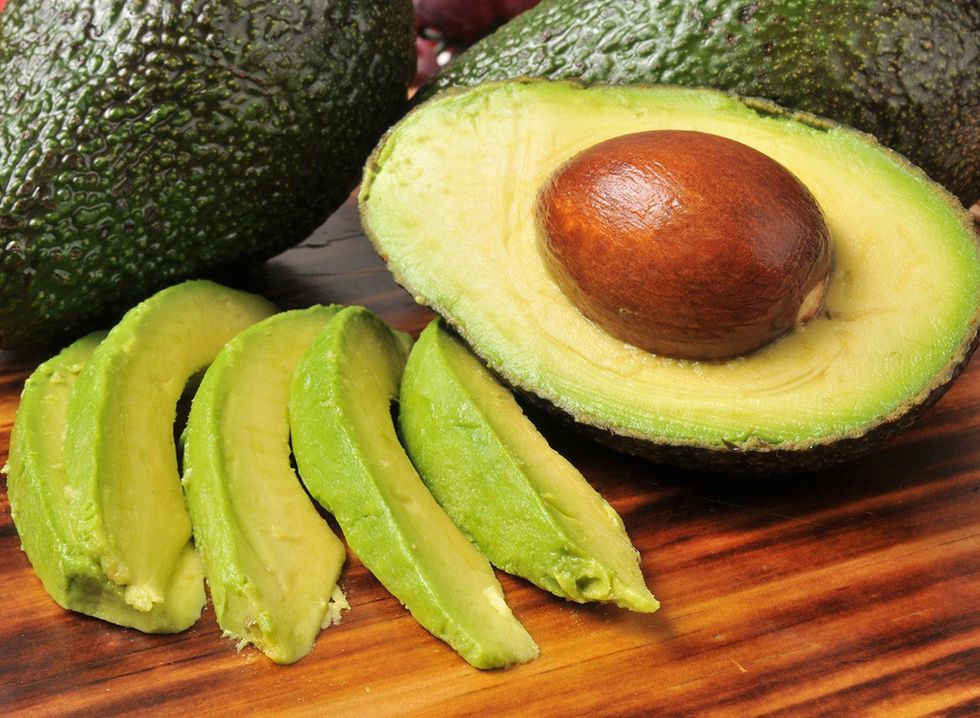
Avocado is full of fiber and healthy fats to encourage satiety and weight loss. “Avocado is one of the most nutrient-dense foods available,” says Lexington Medical Center. “Ounce for ounce, it is among the richest in fiber, folate, potassium, vitamin E, and magnesium. Not only are avocados full of nutrients with far-reaching health benefits, but they’re also tasty and can be added to almost any dish.”
Eggs

Eggs are a good source of protein and healthy fats and are one of the most versatile superfoods. "Eggs are a great vehicle for using up leftovers," Dr. Helen Delichatsios, an assistant professor of medicine at Harvard Medical School, tells Harvard Health. "Scrambling some eggs with leftovers plus fresh vegetables, herbs, and spices could work as dinner. It's like a frittata but less work."
Green Tea

Green tea is one of the healthiest drinks you can choose, and it is full of antioxidants. It can also help lower bad cholesterol. “Green tea leaves are loaded with catechin, an antioxidant compound with anti-carcinogenic properties that helps protect your cells from damage,” Beth Czerwony, RD tells the Cleveland Clinic.
RELATED: 15 Quick Ways to Lose Body Fat Percentage in a Week
Chia Seeds

Chia seeds are a great source of omega-3 fatty acids. “Chia seeds are also a valuable source of protein,” says Harvard Health. “Chia seeds contain all nine essential amino acids. The protein in chia seeds can help stabilize blood sugar levels and provide a steady source of energy.”
Broccoli
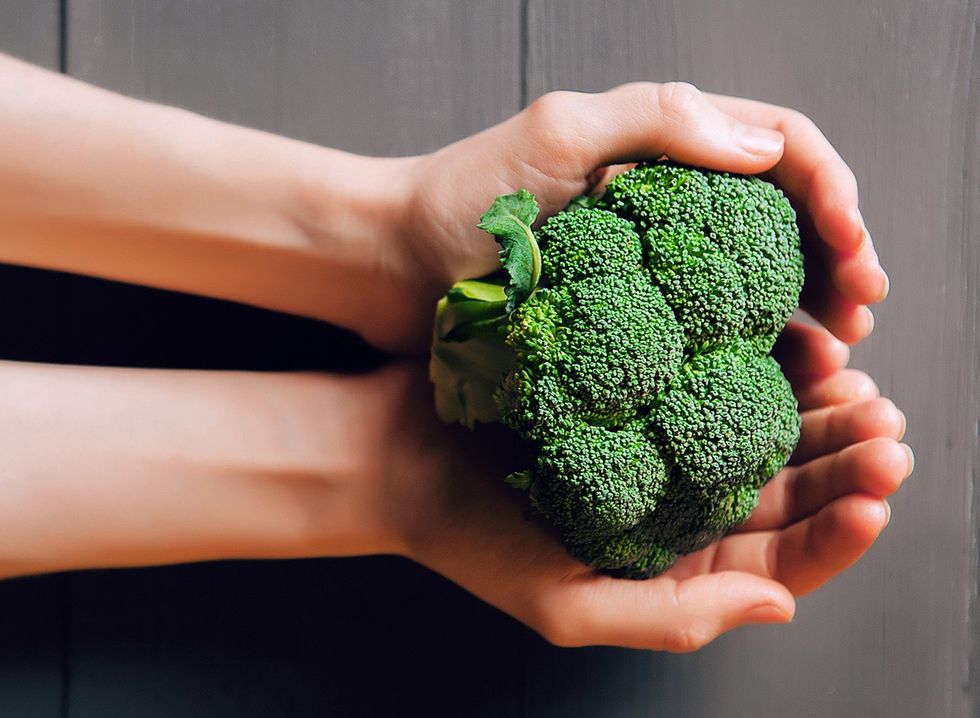
Cruciferous vegetables are an excellent weight-loss ingredient. “These include broccoli, Brussels sprouts, cabbage, cauliflower, collard greens, kale, kohlrabi, mustard greens, radishes, and turnips,” McManus tells Harvard Health. “They are an excellent source of fiber, vitamins, and phytochemicals, including indoles, thiocyanates, and nitriles, which may prevent some types of cancer.”
Oatmeal

Try a bowl of delicious oatmeal for breakfast or a snack. “A good source of both soluble and insoluble fiber, whole grains also contain several B vitamins, minerals, and phytonutrients,” McManus tells Harvard Health. “They have been shown to lower cholesterol and protect against heart disease and diabetes.”
Cayenne Pepper

Cayenne peppers can help boost metabolism and encourage fat-burning. “Cayenne peppers are a great addition to a healthy diet,” registered dietitian Alexis Supan, RD, tells the Cleveland Clinic. “The effect isn’t enough to overcome an unhealthy diet, but as part of a nutritious eating plan, spicy foods may suppress appetite and help with weight loss.”
Fish

Fish such as salmon offer lots of nutrients and healthy fats and tend not to be too high in calories. “Salmon is a ‘superfood’ rich in nutrients that promote heart, brain, and immune system health,” Allison P. Lutz, RD, tells UPMC HealthBeat. “Health experts often consider salmon a superfood because it’s such a nutritional powerhouse. It’s an excellent source of several essential nutrients.”
RELATED: This Plan Is How to Lose 5 Percent Body Fat In 2 Weeks
Whole Grains

Whole grains are full of fiber that helps with weight loss. “Whole-grain foods help with control of cholesterol levels, weight and blood pressure,” says the Mayo Clinic. “These foods also help lower the risk of diabetes, heart disease and other conditions.”
Berries

Berries are packed full of incredible nutrients for a low amount of calories. “Antioxidants work everywhere in the body, including the heart,” says Johns Hopkins registered dietitian Kathleen Johnson, M.A., R.D., L.D.N. “Fresh or frozen is better than dried. Dried berries have only 20 percent as many phytonutrients and more sugar.”
Extra Virgin Olive Oil

Olive oil is satiating and heart-healthy and one of the ultimate superfoods. “The health benefits of olive oil have been attributed to its antioxidant and anti-inflammatory properties,” Howard E. LeWine, MD, tells Harvard Health. “In fact, observational studies have shown a link between lower risks of cardiovascular disease, some cancers, and even dementia in people who consume higher amounts of olive oil than those who use little or none.”
Nuts

Nuts are delicious and full of nutrients. Try almonds or walnuts for a healthy snack. “All nuts contain fiber, which helps lower cholesterol,” says the Mayo Clinic. “Fiber also makes you feel full, so you eat less.”
Mushrooms

Mushrooms are filling, low-calorie, and incredibly nutritious. “Mushrooms are good for you because of their many health benefits. They are low in calories, cholesterol and sodium and are a good source of vitamins and minerals. They are a great addition to any diet,” Kosha Nathwani, MD, tells Scripps Health.
💪🔥Body Booster: Superfoods give you an edge, but eating a healthy diet and getting exercise will lead to weight loss.








 Solution #1: Increase Protein IntakeShutterstock
Solution #1: Increase Protein IntakeShutterstock 3. Fatty FishShutterstock
3. Fatty FishShutterstock 3. EggsShutterstock
3. EggsShutterstock 45. Edamame (boiled): 44 caloriesShutterstock
45. Edamame (boiled): 44 caloriesShutterstock Green TeaShutterstock
Green TeaShutterstock AvocadoShutterstock
AvocadoShutterstock BlueberriesShutterstock
BlueberriesShutterstock 29. AlmondsShutterstock
29. AlmondsShutterstock Shutterstock
Shutterstock 7. BroccoliShutterstock
7. BroccoliShutterstock Shutterstock
Shutterstock Soda and Sugary DrinksShutterstock
Soda and Sugary DrinksShutterstock 8. Oatmeal (5-6g protein per 1/2 cup dry)Shutterstock
8. Oatmeal (5-6g protein per 1/2 cup dry)Shutterstock 23. ChickpeasShutterstock
23. ChickpeasShutterstock 3. Drink More WaterShutterstock
3. Drink More WaterShutterstock


















 Shutterstock
Shutterstock Shutterstock
Shutterstock Shutterstock
Shutterstock Shutterstock
Shutterstock Shutterstock
Shutterstock Shutterstock
Shutterstock Shutterstock
Shutterstock Shutterstock
Shutterstock Shutterstock
Shutterstock Shutterstock
Shutterstock Shutterstock
Shutterstock Shutterstock
Shutterstock Shutterstock
Shutterstock Shutterstock
Shutterstock Shutterstock
Shutterstock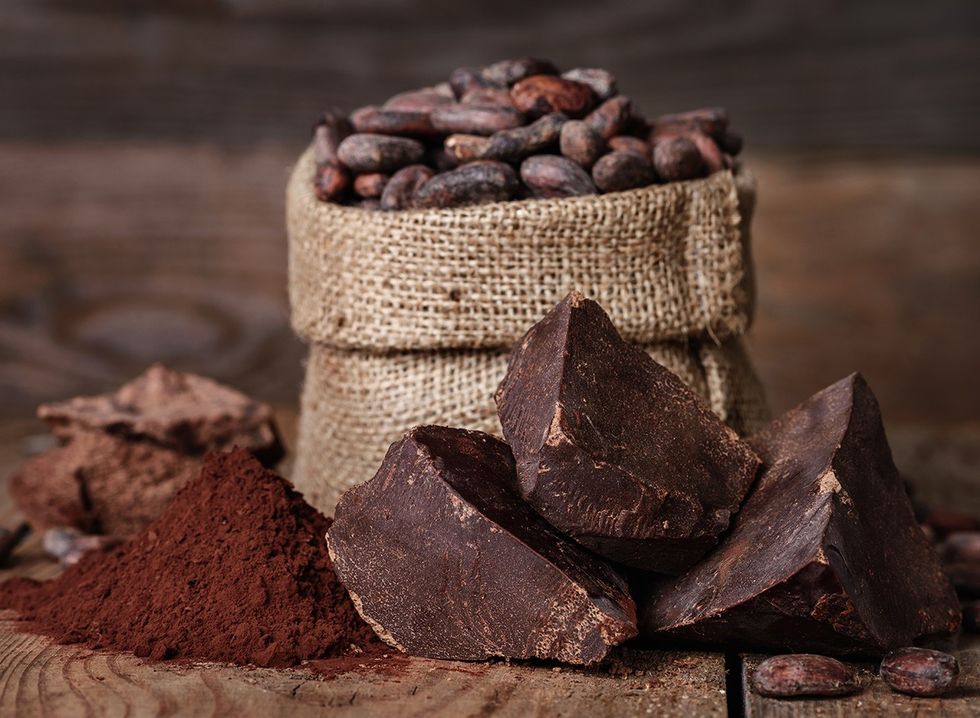 Shutterstock
Shutterstock Shutterstock
Shutterstock

 Jeremy Ethier/YouTube
Jeremy Ethier/YouTube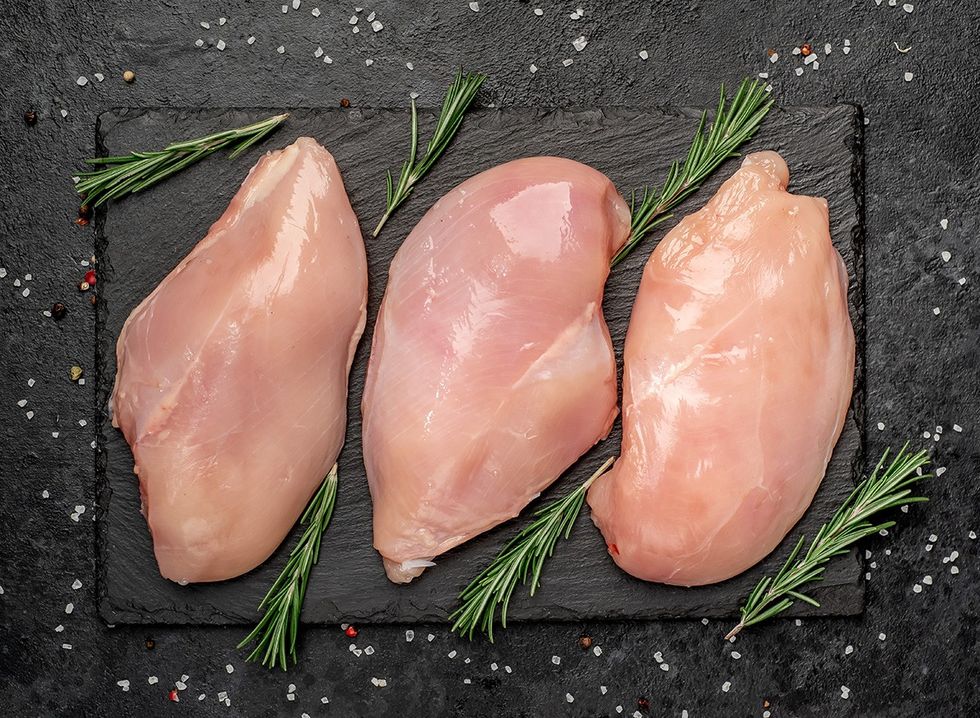 Shutterstock
Shutterstock Shutterstock
Shutterstock
 Jeremy Ethier/YouTube
Jeremy Ethier/YouTube

 I'm a Nutritionist and These 9 High-Protein Snacks Keep My Clients Full While Losing 50 Pounds
I'm a Nutritionist and These 9 High-Protein Snacks Keep My Clients Full While Losing 50 Pounds
 Shutterstock
Shutterstock 2. Processed FoodsShutterstock
2. Processed FoodsShutterstock Shutterstock
Shutterstock Shutterstock/Prostock-studio
Shutterstock/Prostock-studio Shutterstock
Shutterstock Pro TipsShutterstock
Pro TipsShutterstock Shutterstock
Shutterstock Shutterstock
Shutterstock Shutterstock
Shutterstock Shutterstock
Shutterstock Don’t Drink as Much AlcoholShutterstock
Don’t Drink as Much AlcoholShutterstock Most Women on GLP-1s Are Making a Few Common MistakesShutterstock
Most Women on GLP-1s Are Making a Few Common MistakesShutterstock Soda and Sugary DrinksShutterstock
Soda and Sugary DrinksShutterstock Shutterstock
Shutterstock Eat BreakfastShutterstock
Eat BreakfastShutterstock And Improve Insulin SensitivityShutterstock
And Improve Insulin SensitivityShutterstock Belly Flab Strip Tip: Sugar and Fat Calories Leave Its Mark on Your BodyShutterstock
Belly Flab Strip Tip: Sugar and Fat Calories Leave Its Mark on Your BodyShutterstock Shutterstock
Shutterstock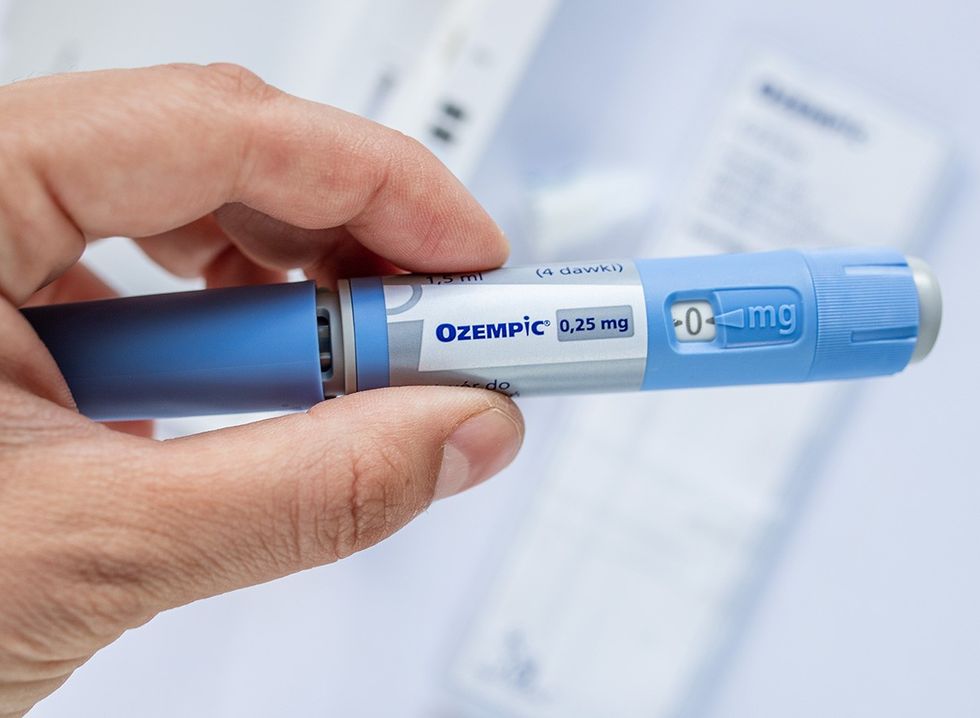 The Drugs Mimic the GLP-1 Hormone Naturally Produced by the BodyShutterstock
The Drugs Mimic the GLP-1 Hormone Naturally Produced by the BodyShutterstock 3. Deep-Fried ItemsShutterstock
3. Deep-Fried ItemsShutterstock